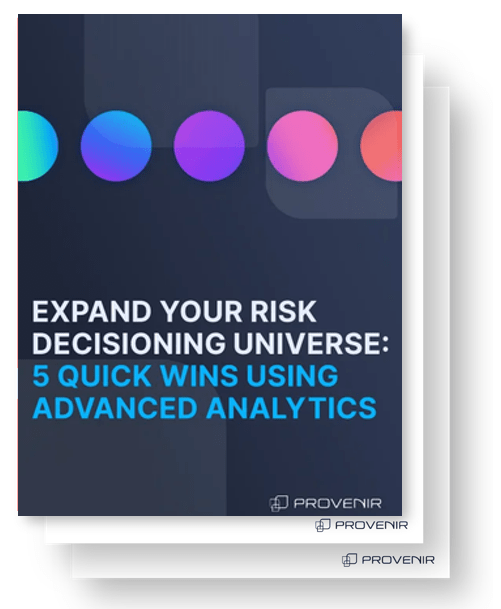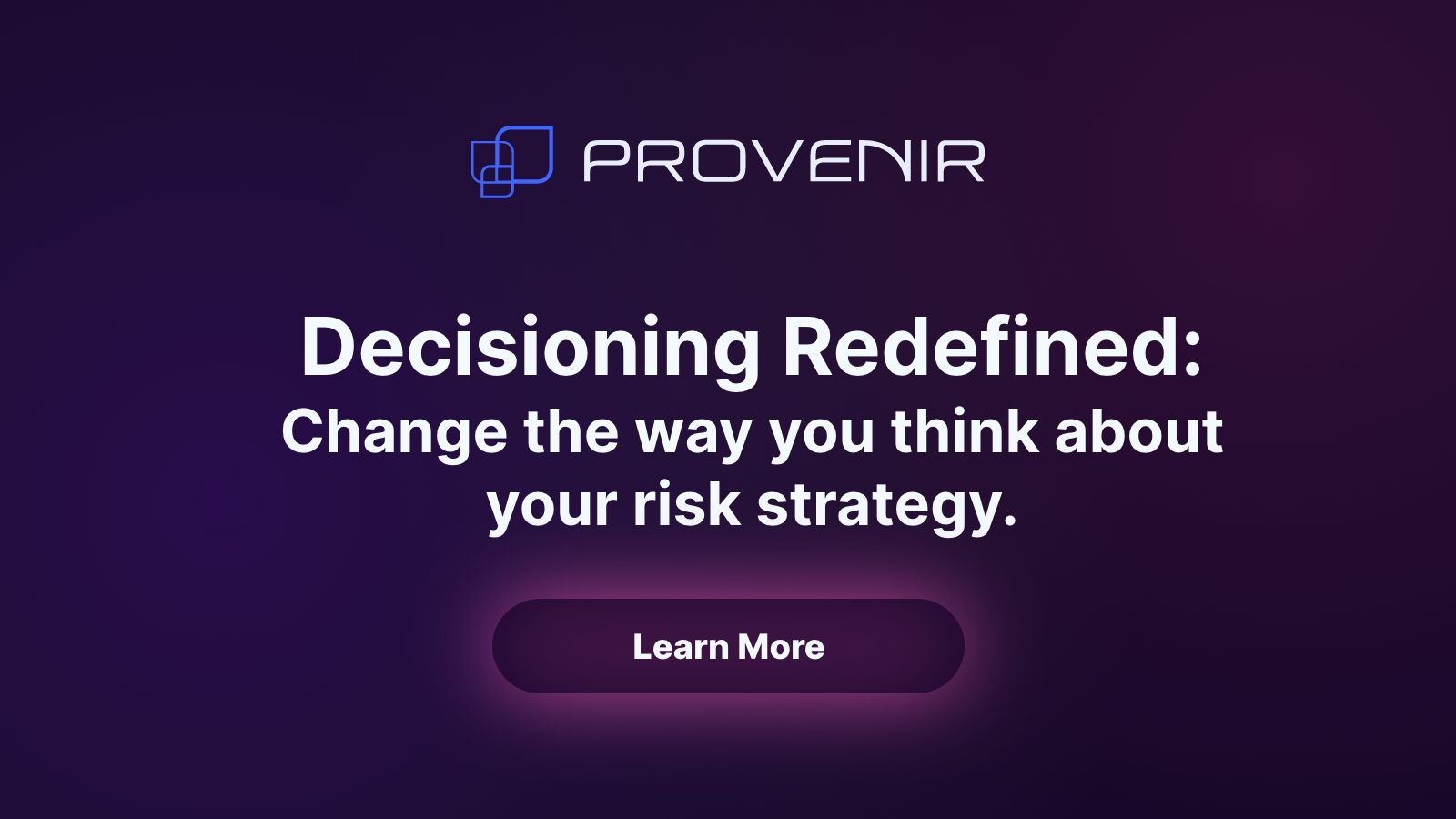Consider this scenario.
Sam has to pick up some checks from a client, but his car is in the shop. So, Sam takes an Uber to the client’s office, gets the checks, scans the checks into a business account using his iPhone, takes another Uber (making a dinner reservation through OpenTable while inside Uber), arrives at the restaurant, sits down to eat, and answers a LinkedIn message while he waits for his food.
Now reverse your clock 15 years.
Absolutely nothing in that story short of “sitting down in a restaurant” or “picking up paper checks from a client” would have been possible.
One of the biggest impacts of technological growth over the past two or three decades is the rise of the “on-demand economy,” which many people seem to believe is only geared towards the young, with their millennial mindset, skinny jeans, and SnapChat filters. In reality, the on-demand economy is growing for all age subsets, which makes perfect sense. If a person is hungry, has a smartphone, and wants food quicker, don’t you think they’d learn to adapt to the current systems?
Real estate disruption, on the other hand, is slow going. While regulations and infrastructure slow the rate of change, many argue it’s coming faster than we think. Some of the major areas being disrupted by Fintech startups are appraisal processes, subletting, and the chance to flip a home.
But now think about mortgages. In many ways, the mortgage defines the American dream — most people don’t have the outright cash to buy their family’s dream home — and because of or in spite of that, it’s one of the more tedious, painstaking processes out there. Talk to 100 people about their mortgage process; chances are, less than 10 were entirely happy with it. Rather, you will hear words like “stressful” or “painful”. Even with great banks and reps, the mortgage approval process can be time-consuming and overwhelming.
That’s poised to change, though.
Rocket Mortgage, now part of Quicken, was one of the first into this space. The seismic shift in mortgages is that an industry dominated for decades by box-checking processes and numbers is now being questioned by concepts like “UX” (User Experience) and rapid response, i.e. the on-demand economy.
The theory works like this: if you can get a car or a pizza in five minutes, why can’t you have an idea of where your mortgage will stand in the same period? “On-demand” has to apply universally, and more generations — not just millennials — believe that now.
Good mortgage origination software integrates with the TransUnion, FICO and other bureaus — then pulls data from public records, bank accounts, and social media profiles, among others, to deliver an initial mortgage context in seconds. In the same way that our Sam’s story wasn’t possible 15 years ago, nor was this. You’d probably wait at least a few hours, if not a week before someone gave you possibilities about your mortgage.
With this progress comes the “UX” mentioned above. Mobile got to scale very quickly — there are more smartphones on Earth than people — and as a result, much UX is mobile-first these days. When you’re on mobile, you’re quite literally on the go. You want a quick, easy, intuitive experience where you don’t need to pull a lot of data from other apps or screens. That ‘now’ mindset carries over regardless of device.
This — this process of designing the simplest, “I will stick with this until the end” method possible — is now how mortgage companies must think of their business. It’s not about 1991 metrics anymore. It’s about how you design the experience for the home buyer, whether they can access it quickly and easily, and what value-add you provide around that (helpful tips to guide them through the home buying process, for example).
Technology has changed everything — even the mortgage underwriting process. So, as a lender, you must realize that the business you’re in now isn’t the same one it has been for generations. Now it’s about experience and speed.









